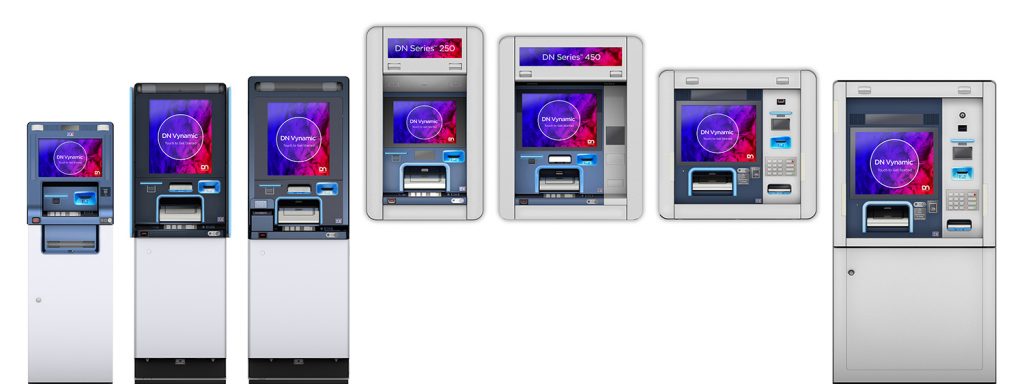Three old-school self-service strategies to ditch – and what to do instead
INDUSTRY INSIGHTS BY DIEBOLD NIXDORF
Consumers use cash in 77% of all transactions today worldwide (according to McKinsey’s “Global payments: Expansive growth, targeted opportunities” report). Around the globe, cash is still the leading payment method at point of sale, says Worldpay’s “Global Payments Report”.
The ATM remains the only channel that provides cash access anytime, anywhere – plus, it’s increasingly mobile-friendly and API-integrated. Your self-service strategy should focus on maximising the channel to take advantage of its huge potential.
Old-school strategy No 1: position ATMs as secondary to the branch
What to do instead: position ATMs “as the branch” by automating all cash processes
ATMs enable transaction migration, extend transaction sets for consumers and automate cash processes, making them an integral tool “in the branch”.
However, the modern ATM goes beyond this function and can now act “as the branch”, as an extension of a financial institution’s distribution strategy. The channel can act as a market-entry position to introduce the brand and provide access to financial services without building a branch, or, as a leave-behind strategy for locations where branches are no longer viable.
Old-school strategy No 2: focus on scale and accessibility
What to do instead: focus on seamless journeys
As financial institutions have built their fleet network over the decades, the focus has been on providing easy access to banking touchpoints. A modern self-service strategy must go beyond simply providing access – it should offer tailored, targeted experiences. This “journey thinking” has been identified as a top priority by financial institutions around the globe, and self-service can be a critical enabler:
- Consumer journeys
Consumers are used to controlling their own journeys in the digital world today. Enhancing and managing those journeys are keys to remaining relevant.
- Small and medium business journeys
In many countries, SMBs account for about 70% of all cash-in transactions. Migrating cash-based journeys to self-service creates a closed-loop recycling environment that moves money through the system more efficiently.
- Staff journeys
Improving staff journeys goes hand-in-hand with improving consumer journeys: when it’s easier for a staff member to serve a customer, everyone’s experience is better.
Old-school strategy No 3: when it comes to CIT, “set it and forget it”
What to do instead: carefully evaluate areas where the cash cycle can be optimised
Ironically, the cost per cash transaction increases when the total number of cash transactions decrease. The handling of cash holds multiple costs including transport, handling and interest charges on “inactive” cash. Modern, data-driven approaches to cash management can dramatically transform the cost to operate a fleet.
By Jerome Amara, head of systems, EMEA, Diebold Nixdorf
Modern ATM fleets can be a valuable component of an FI’s digital strategy, as long as the right pieces are in place to enable the experience. DN Series™ ATMs were designed to meet the needs of today’s consumers and prepare FIs for the future of connected commerce.
Learn more at DieboldNixdorf.com/DNseries












































